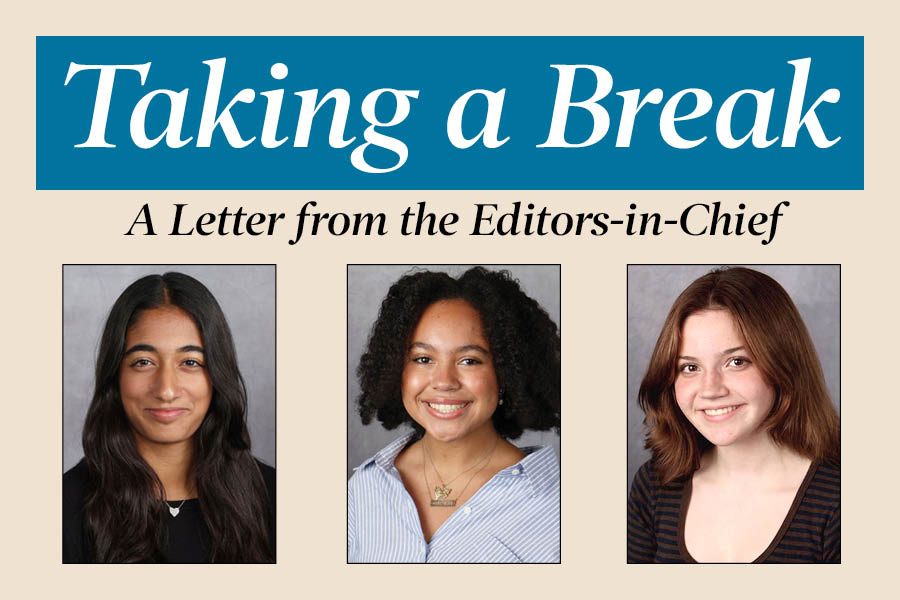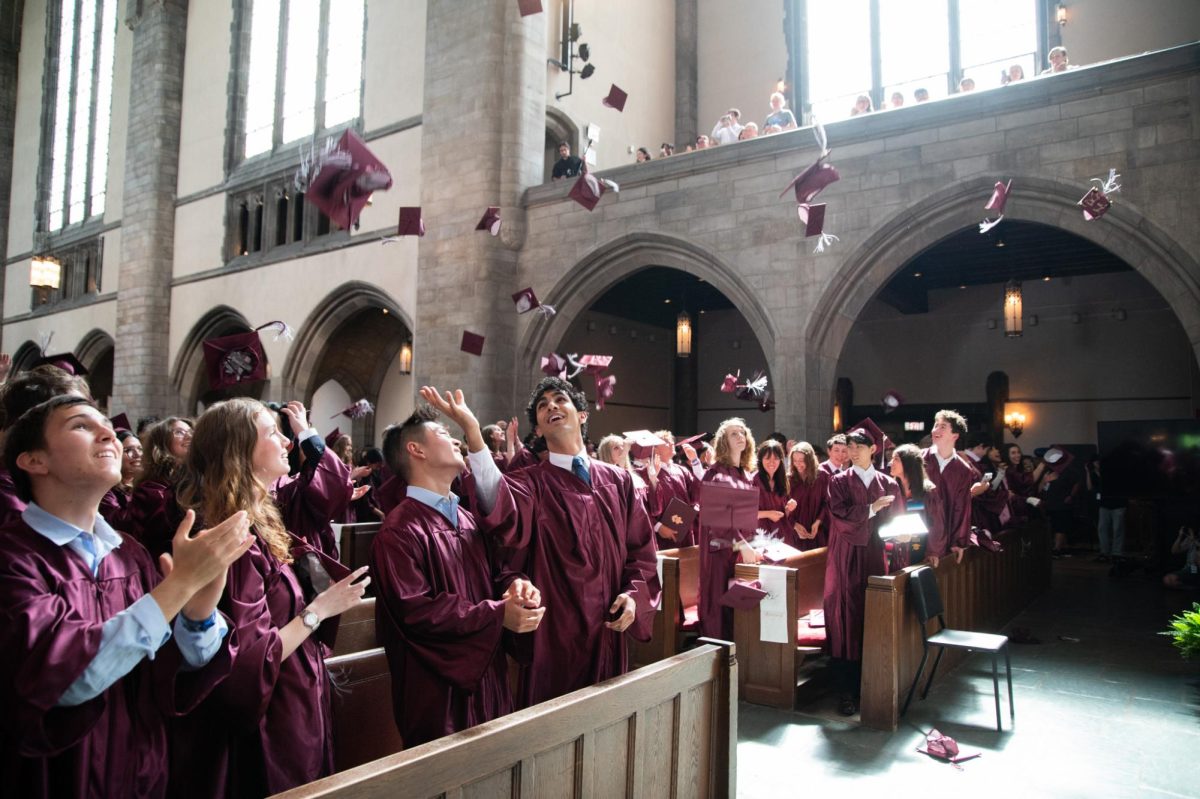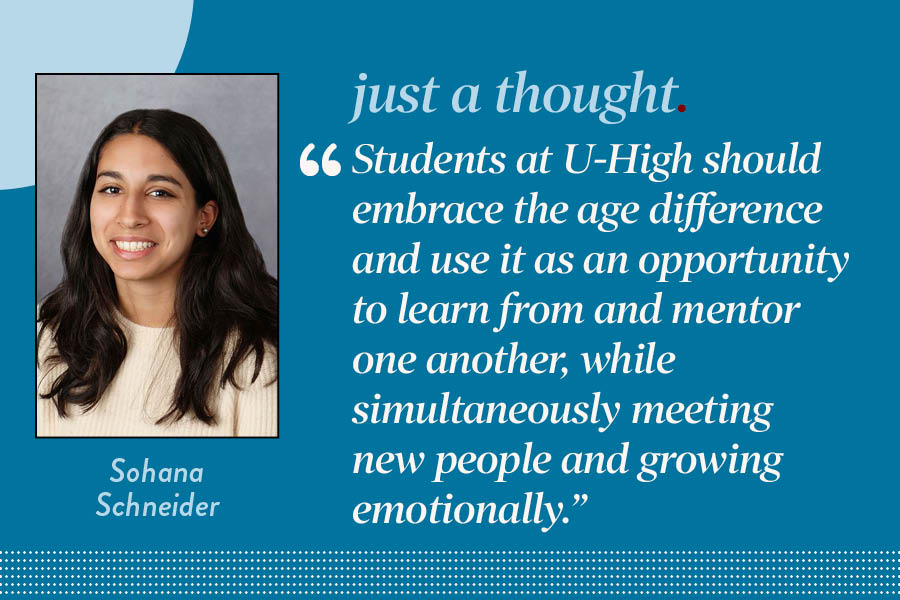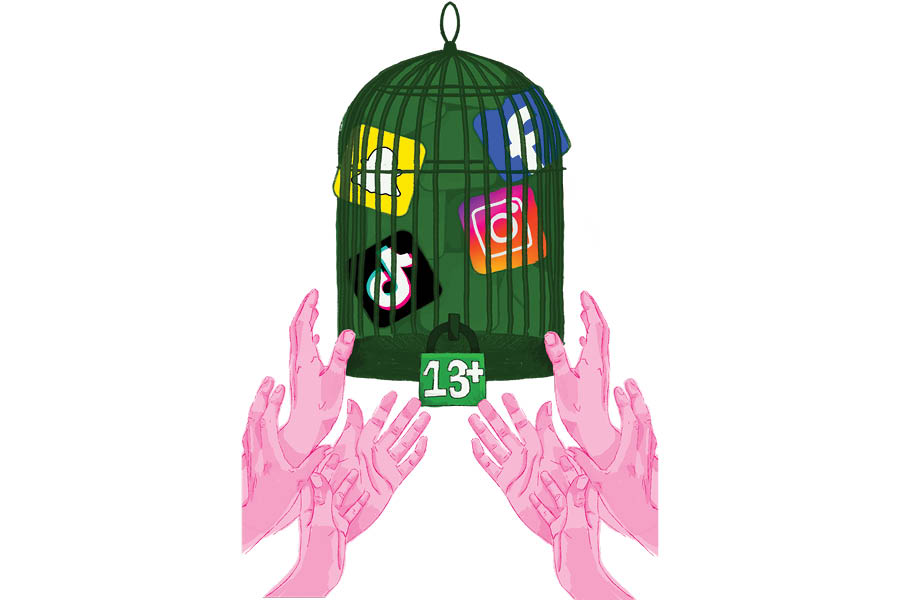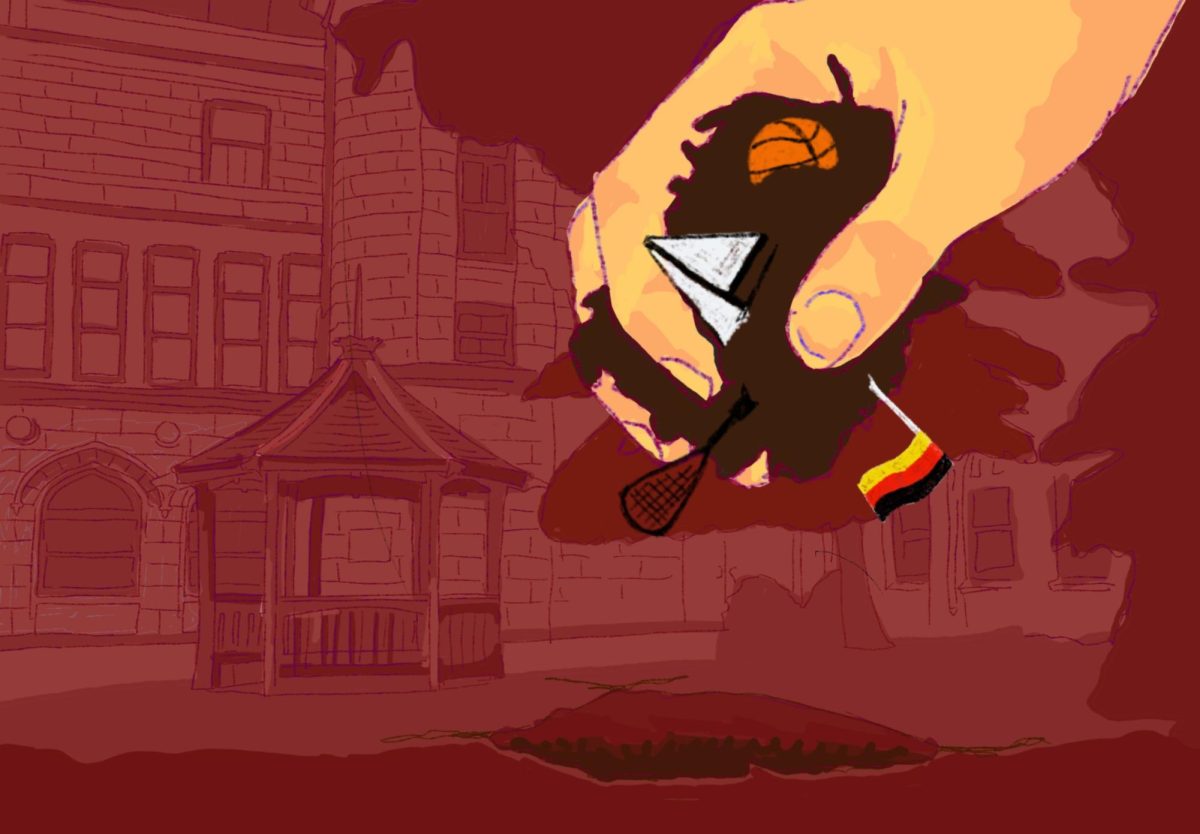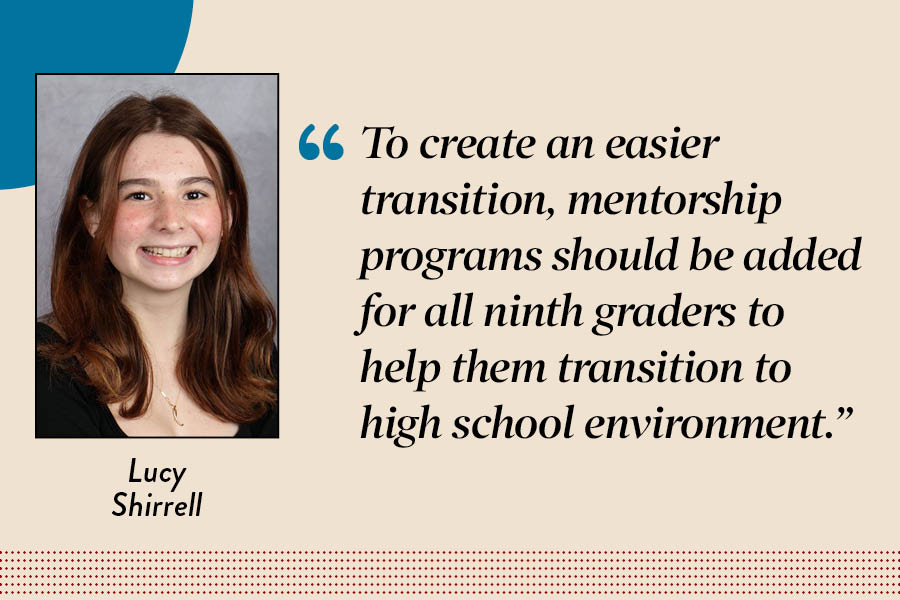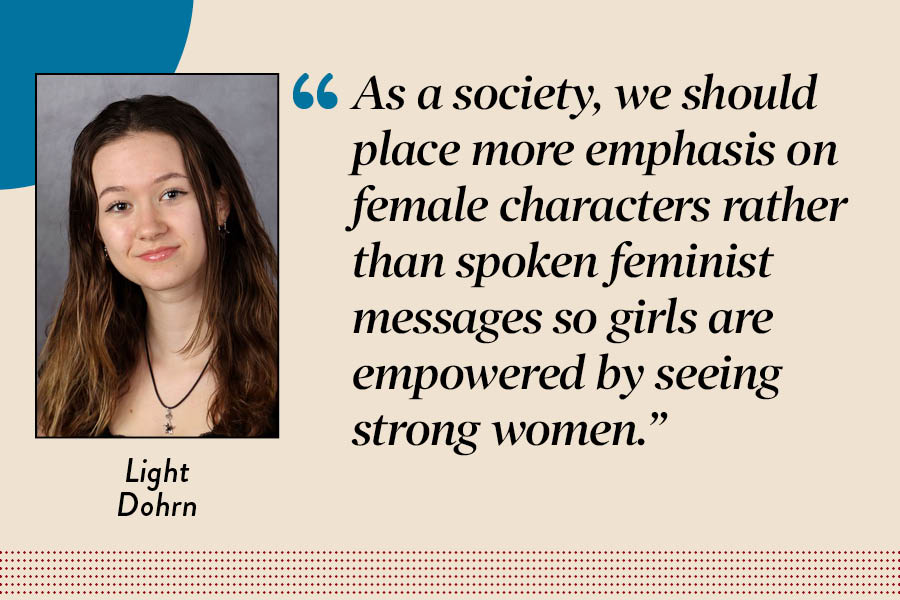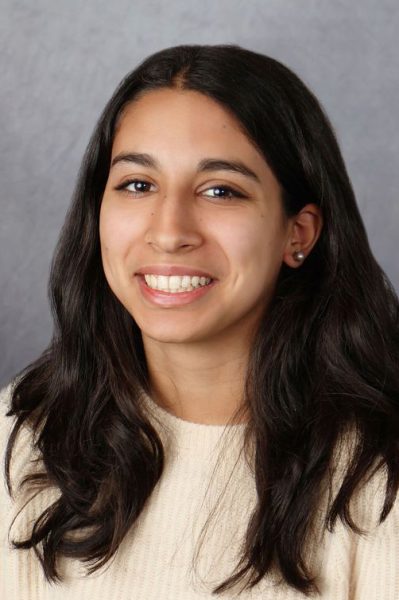Globally, students are with the same group of people in a classroom from when they are 3 up until when they graduate, but at U-High, this is far from the case when each year, students are placed in classes like Early World History, Mixed Media, Advanced Algebra, and AT Physics, where the age range among students varies, an anomaly in the United States.
When given the opportunity in their classes to connect and be friends with people in other grades, students at U-High should embrace the age difference and use it as an opportunity to learn from and mentor one another, while simultaneously meeting new people and growing emotionally.
While people may say that multi-age classrooms make younger students feel intimidated because of an obvious divide in the ages between students, research from the Journal of Educational and Social Research shows that multi-age classrooms are as effective as single-grade classrooms when it comes to academics, and they even surpass single-grade classrooms when it comes to social learning.
According to the Center for Evaluation and Education Policy, a diverse age range in classrooms also benefits teachers because, “By applying multi-age philosophies to classrooms and implementing differentiated teaching strategies to meet all students’ needs, educators might have increased motivation to focus on the progress of individual students rather than their progress in moving through the adopted textbooks and sticking with rigid course calendars.”
An article in The Atlantic says that using someone’s birth date as a hard line of division is illogical because outside of school, students spend much of their extracurricular time on programs like sports, clubs or arts, which allow younger kids to look to older kids for guidance, in turn, allowing older kids to practice mentoring, leading and collaborating.
By embracing the opportunity to be with those in other grades who have more or less experience than they do, U-High students can branch out from their usual group and gain something extremely valuable. To take advantage of opportunities like these, students can go into class with the intent of helping someone they don’t really know and not shy away from others by sticking to what they have always known and done, because there is much to learn from one another.








